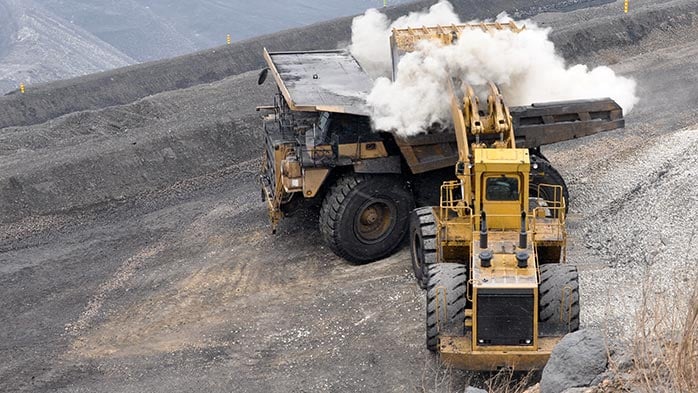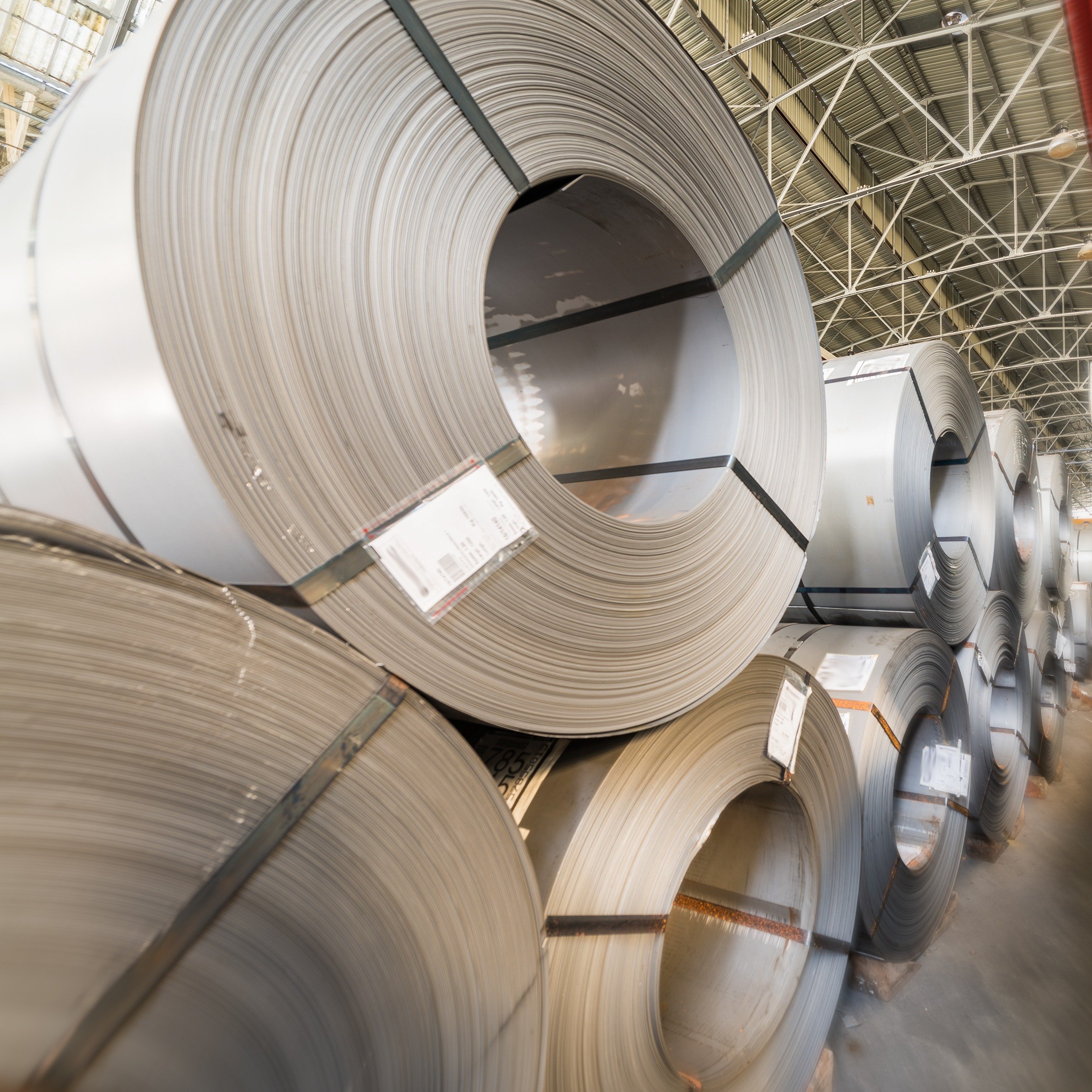Earlier this year, the Chinese government introduced a set of policy changes designed to reform how solar photovoltaic (PV) projects sell energy into the grid. As expected, China’s solar policy changes led to a large spike in installations during April and May, as projects rushed to reach completion under the old rules. This was followed by a major decline in installations as the new rules took hold, with installations in June to September down an average of 48% year-on-year. Now, as we slowly get a clearer picture of how the implementation of the new policy will look, the outlook for 2026 is turning ever weaker.
Under the new policy, for projects that are grid connected from 1 June 2025, electricity will be sold through market transactions as default. However, there is also a “mechanism price” – a form of Contract for Difference (CfD) – available to system owners, which effectively sets a fixed price for the electricity delivered to the grid.
Renewable energy projects can compete in auctions to be included in the mechanism pricing system, or can choose instead to focus on self-use, commercial Power Purchase Agreements (PPAs), and market transactions outside of this mechanism. The amount of renewable electricity included in the mechanism system will be set by local government each year, based on both provincial renewable energy targets and other factors such as “affordability”. The new mechanism price is set by the highest successful bid in the auction, subject to bidding floors and ceilings set by local government (note that different renewable technologies can receive different mechanism prices, so PV and wind projects are treated separately).
The first results of regional auctions under the new pricing system have recently begun to be announced, with the fixed mechanism prices for electricity from PV systems down 43% in Shandong, 37% in Gansu and 10% in Xinjiang when compared to the previous fixed prices for PV projects in those regions.
So, what is the outlook for the rest of 2025 and through 2026 following China’s solar policy changes? With so few auction results having been released, we are only beginning to get a feel for how things are changing and how developers will react. However, so far, the outlook appears challenging.
Developer responses seem to have largely been quite negative, with speculation about cancelling projects and a possible shift away from solar towards wind projects where some auction results have been less disappointing. Broadly, the recent trend from June to September is likely to persist through the rest of 2025, with installations down significantly y/y.
In most cases, developers are currently completing projects that have not yet had the opportunity to bid into the new mechanism system, so it is perhaps unsurprising that the market has been subdued. However, with such low prices coming out of the first few completed auctions, the outlook is also turning increasingly weak for 2026.
We have already downgraded our outlook for Chinese PV installations in 2026, based on an assessment at a point in time when only Shandong had released results. Given the pattern that seems to be strengthening with the newly released mechanism prices for Xinjiang and Gansu, it looks increasingly likely that we will need to make a further downgrades to our forecast.
With China so dominant in global demand (accounting for close to 60% of installations in 2023 and 2024), this downturn in China’s solar demand will lead to a global market contraction – our forecast is currently for a contraction from 637 GW in 2025 to 609 GW in 2026. However, as discussed above, there is realistic downside to this forecast. A “disaster scenario” in which the June-to-September trend (i.e., down ~50% on 2024) continues through 2026 could imply global installations even falling below 500 GW.
While we do not expect the adjustment in China’s solar market to be this large, a revision to a global market of 550–600 GW seems plausible. Such a downward revision is most likely to be a short-term adjustment through 2026 and 2027 – if the market downturn is too severe, there are several policy levers available to the Chinese government to reinvigorate demand.
Although less likely, there is also plausible upside to our base case forecast. In an optimistic scenario, auctions in other Chinese provinces could result in higher mechanism prices than seen so far, helping to support installation volumes. There are also numerous opportunities for significant growth in solar in many other regions, as the cost of PV systems continues to decline.
We may yet see other markets go the way of Pakistan, which jumped from annual installation volumes of less than 1 GW in 2022 to over 13 GW in 2024. However, the likelihood of our optimistic scenario is undoubtedly receding as China’s new policy kicks in, some countries scale back support for PV and interest rates remain high in many key regions.
Could this drop in Chinese solar demand push down prices through the supply chain, in turn making a whole new set of ex. China projects financially viable and spurring new demand? This kind of effect was seen in 2023, partly driven by rapidly declining module prices. In that case, module prices dropped nearly 50% from late 2022 to late 2023, and the global market responded with an incredible 78% growth in installations y/y.
This time around, such a response is highly unlikely. Firstly, module prices have very little room to drop – they have been at rock bottom for some time, driven down by major oversupply, with most major manufacturers sustaining financial losses since late 2023. Secondly, the Chinese government is currently putting pressure on the industry to rectify the current below-cost pricing environment, leading to some recent modest price rises despite the challenging market fundamentals. Thirdly, the downstream industry knows that major price declines are unlikely in the near term – unlike in 2022 when there was pent-up demand as numerous projects were delayed in anticipation of a price crash as new polysilicon production facilities came online.
The outlook for PV demand in 2026 is increasingly uncertain. For key commodities used in PV manufacturing – for example, silver, aluminium and silicon – this uncertainty represents a challenge to demand through the rest of 2025, 2026 and possibly beyond. CRU’s Solar Technology and Cost Service and Power Transition Service will continue to track this topic closely and feed any updated forecasts into demand forecasts for upstream commodities. To discuss this topic further, please contact Alex Barrows at alex.barrows@crugroup.com, or use our online form to book a demo of our services.
















